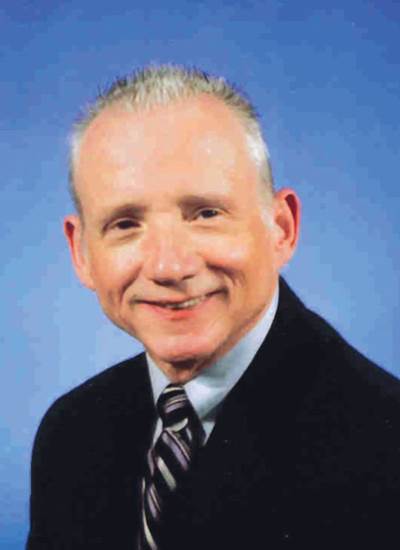Finance
Three Ways to Reposition Assets.
With the passage of the Tax Relief, Unemployment Insurance Reauthorization and Job Creation Act in November of 2010, it appears that at first glance the need for estate tax planning or business succession planning for many may be a thing of the past. After all, an individual can now pass to the next generation either during life or at death $5,000,000 ($10,000,000 between husband and wife) to the next generation; that is, if you gift or die within the next two years.
Does this mean that business owners should wait until 2013 to see what will happen with the estate and gift taxes; absolutely not! With the $5,000,000 gift exemption the government has furnished us with for the next two years, there has never been a better time to reposition assets. But remember, when a person makes a gift that person must look at the repercussions of doing so. Here are three ways of repositioning assets along with the pros and cons of each.
1. Outright Gift. The advantages of an outright gift are they’re easy and inexpensive, and the assets are removed from the estate with no chance of future estate tax exposure. The disadvantages are that the assets are now subjected to the claims, judgments and possible divorces of the children; you may have just given away control of the asset; if the asset produced income that too has been gifted away; no leveraging of the gift; and, upon your demise the asset will not receive a step-up in cost basis.
2. Grantor Retained Trust. A GRT is a trust created to move wealth to children while compressing the value of the gift. GRT works well when grantors wish to gift large assets (greater than $5,000,000) and still pay no gift taxes. The advantages are that the assets are removed from the estate for estate tax planning; assets can be gifted to a Dynasty Trust providing asset protection for multiple generations (a great way to leverage gifts); grantor retains rights to income; can receive a step-up in cost bases at death; and, income tax flexibility. Another disadvantage is that the Grantor must outlive the length of the trust; trust is irrevocable (can be built with a lot of flexibility); and, no additional contributions can be made once the trust is established.
3. Private Annuity. A private annuity is an unsecured promise from one person (the obligor) to make fixed payments to another person (the annuitant) for life in return for the transfer of property from the annuitant to the obligor. The benefit of a private annuity are the assets are removed from the estate for estate tax planning, assets can be sold to a Dynasty Trust providing asset protection for multiple generations; a great way to leverage the sale of the assets; annuitant retains the right to income during his/her life; each payment received by the annuitant is looked upon as part return of principle; part capital gain and part income. Disadvantages include: the annuity is irrevocable; seller my live longer than anticipated; income generated off assets may not be sufficient to make payments; and, note is unsecured.
For More Information:
The La Mont Group
(949) 253-0480, (800) 824-3911
kwlplanner@yahoo.com
Related Content
The Trifecta of Competitive Toolmaking
Process, technology and people form the foundations of the business philosophy in place at Eifel Mold & Engineering.
Read MoreMaking Mentoring Work | MMT Chat Part 2
Three of the TK Mold and Engineering team in Romeo, Michigan join me for Part 2 of this MMT Chat on mentorship by sharing how the AMBA’s Meet a Mentor Program works, lessons learned (and applied) and the way your shop can join this effort.
Read MoreEditorial Guidelines: Editorial Advisory Board
The Editorial Advisory Board of MoldMaking Technology is made up of authorities with expertise within their respective business, industry, technology and profession. Their role is to advise on timely issues, trends, advances in the field, offer editorial thought and direction, review and comment on specific articles and generally act as a sounding board and a conscience for the publication.
Read MoreTop 10 Topics to Cover During an ISO 9001 Manufacturing Audit
Take a look at this practical hands-on approach to conducting a quality audit.
Read MoreRead Next
Assessing Risk
It is hard for any company to turn down new business, even more so in a down cycle. However, there may be compelling factors that lead us to “just say no.”
Read MoreHow to Use Continuing Education to Remain Competitive in Moldmaking
Continued training helps moldmakers make tooling decisions and properly use the latest cutting tool to efficiently machine high-quality molds.
Read MoreReasons to Use Fiber Lasers for Mold Cleaning
Fiber lasers offer a simplicity, speed, control and portability, minimizing mold cleaning risks.
Read More



















